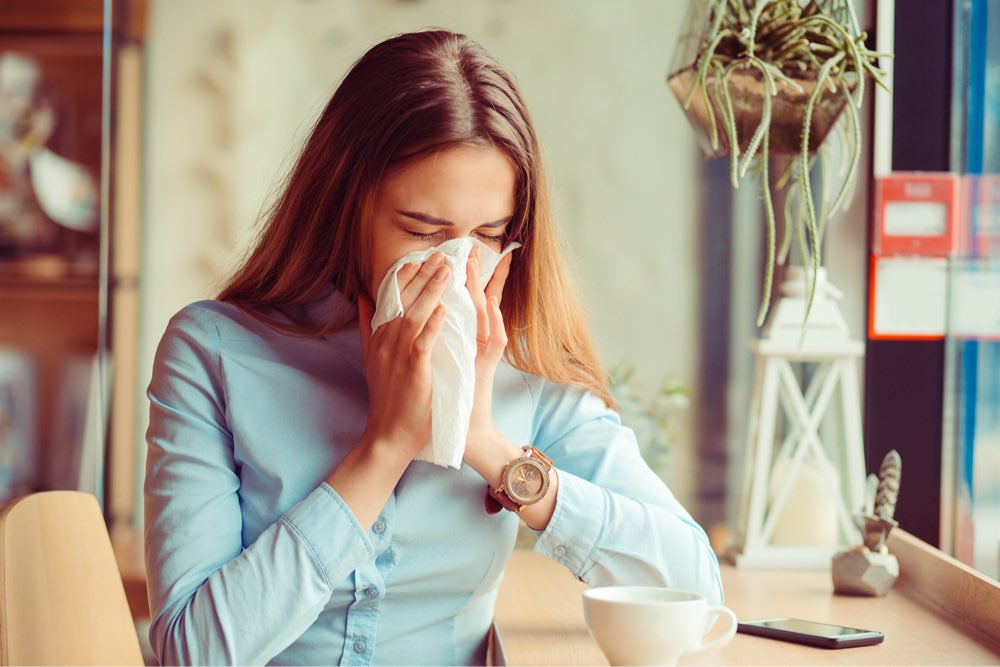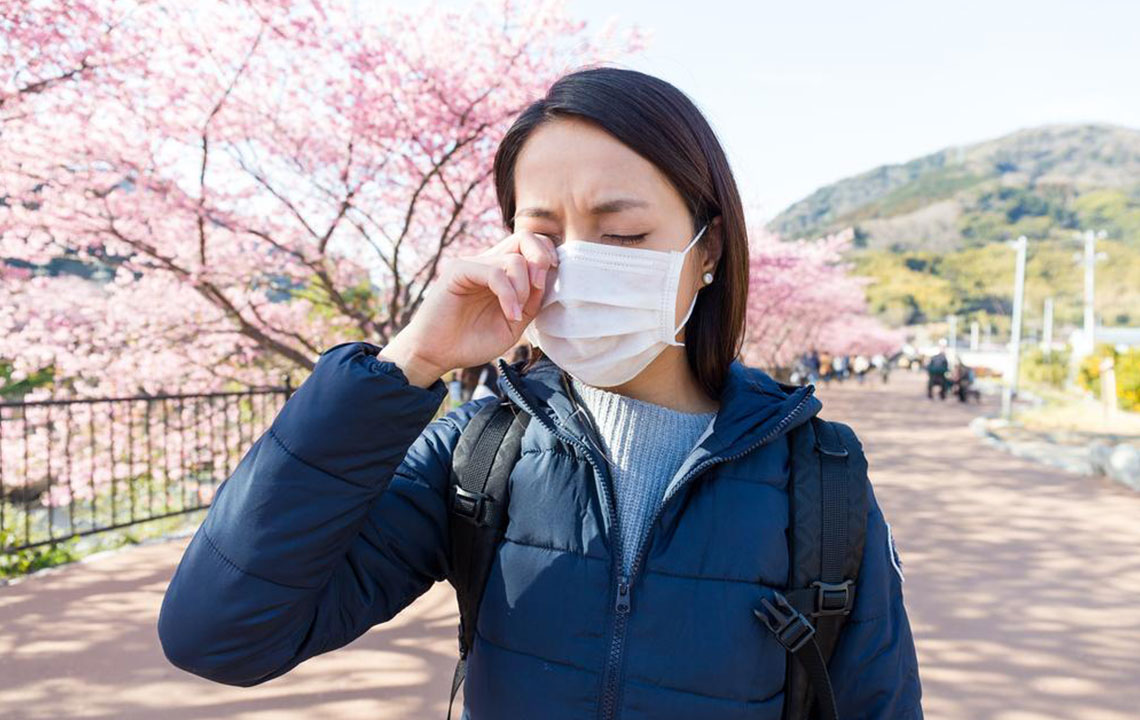Comprehensive Guide to Recognizing Common Causes of Nighttime Allergic Reactions
This comprehensive guide explores the primary causes of nocturnal allergic reactions, including dust mites, pet dander, pollen, mold, and cockroach allergens. It offers practical strategies for reducing exposure, improving indoor environments, and alleviating nighttime allergy symptoms. Essential for allergy sufferers, this article emphasizes the importance of targeted home hygiene and environmental control to enhance sleep quality and overall health.

Understanding the Root Causes of Nocturnal Allergies and How to Manage Them
Nighttime allergic reactions are a widespread problem affecting many individuals, especially those with sensitivities to environmental and seasonal triggers. These allergic responses can significantly impact sleep quality, daily comfort, and overall health. Recognizing what causes these reactions is essential for effective management and relief. With a clear understanding of the primary allergen sources and how they operate, sufferers can implement targeted strategies to reduce their exposure and improve their nighttime environment.
Many factors, including airborne allergens, environmental conditions, and household hygiene, contribute to nocturnal allergy symptoms. Common triggers encompass dust mites, pet dander, pollen, mold, and cockroach allergens. Each of these has specific characteristics and requires particular measures to mitigate their impact. This comprehensive guide will delve into each of these causes, explain how they affect allergy sufferers at night, and suggest practical steps to control exposure and minimize symptoms.
Dust Mites: Tiny but Troublesome
Dust mites are microscopic arachnids invisible to the naked eye, yet their presence can cause significant allergic reactions, especially during nighttime. These creatures thrive in warm, humid environments, making homes an ideal habitat. They love to colonize bedding, pillows, upholstered furniture, curtains, and carpets—places where they feed on shed human skin flakes. The presence of dust mites is often underestimated, but their waste products, which contain proteins that trigger allergic responses, are a common cause of sneezing, nasal congestion, wheezing, and even asthma exacerbations.
People with dust mite allergies often notice their symptoms worsen at night because of prolonged exposure in bedding and cozy sleeping environments. The warm and humid conditions inside bedrooms provide perfect breeding grounds for these mites. Therefore, controlling dust mite populations is crucial for allergy management.
Effective strategies include regular washing of bedding in hot water (at least 130°F or 54°C), using allergen-proof mattress and pillow covers, frequent vacuuming with HEPA filters, and reducing indoor humidity levels. Maintaining a clean and dry environment helps keep dust mites at bay, leading to fewer allergy symptoms and better sleep quality.
Pet Dander: Man’s Furry Friend or Allergy Catalyst?
Pets are beloved companions but can be a source of allergic reactions for many individuals. Cats, dogs, guinea pigs, rabbits, hamsters, and gerbils all shed skin flakes (dander), which contain potent allergens that can linger in the air and settle on surfaces. Nighttime allergies often worsen because allergens accumulate in bedding and soft furnishings, making it difficult for sensitive individuals to find relief during sleep.
To manage pet allergies, regular bathing of pets using hypoallergenic shampoos can help reduce dander levels. Bathing pets weekly and grooming them frequently minimizes allergen dispersal. Additionally, creating pet-free zones, especially in bedrooms, and using HEPA air purifiers can significantly decrease airborne dander concentrations. Regular cleaning of bedding, upholstery, and carpets is also vital to control allergen buildup.
While complete avoidance may be impossible for pet lovers, these measures can substantially improve indoor air quality and reduce allergy symptoms, ensuring a more restful night’s sleep.
Pollen: The Seasonal Intruder
Outdoor pollen levels fluctuate according to seasons and weather conditions, with warm, windy days typically seeing the highest concentrations. For allergy sufferers, pollen can be a major trigger, especially during spring, summer, and early fall. At night, pollen can enter homes through open windows, clothing, and other means, exacerbating allergic reactions.
Monitoring local pollen forecasts allows individuals to plan outdoor activities accordingly. Changing clothes after outdoor exposure, washing hair before bed, and showering to rinse pollen from skin helps reduce indoor pollen levels. Keeping windows closed during peak pollen seasons, using air conditioning with HEPA filters, and maintaining indoor cleanliness further limit indoor pollen infiltration.
Implementing these strategies can significantly lower allergy symptoms caused by pollen, improving sleep and overall well-being during allergy seasons.
Indoor Mold: Hidden Threat in Moist Environments
Mold growth indoors thrives in damp, poorly ventilated areas such as air vents, bathrooms, shower curtains, basements, and behind furniture. Mold produces spores and mycotoxins that can trigger allergic reactions, including nasal congestion, eye irritation, coughing, and asthma attacks—symptoms that tend to worsen at night due to accumulation in the indoor environment.
Preventing mold involves controlling indoor humidity levels, ideally below 50%, using dehumidifiers and ensuring proper ventilation. Regular cleaning of damp areas, including tiles, shower curtains, and air vents, removes mold spores and prevents their growth. Fixing leaks and drying wet clothes promptly also reduce mold proliferation. Be vigilant about musty odors, which often indicate mold presence, and address them immediately.
By maintaining a dry and well-ventilated home, allergy sufferers can prevent mold-related reactions and enjoy more comfortable, symptom-free nights.
Cockroach Allergens: Urban and Hidden Threats
Cockroaches are common in urban settings and are notorious for spreading allergens. Their saliva, feces, shed skin, and decomposing bodies contain proteins that can cause severe allergy symptoms, including nasal congestion, sinusitis, coughing, and asthma attacks, often intensifying at night when they are most active.
Effective control of cockroach populations involves keeping the home clean and free of food debris. Sealing trash bags, storing food tightly, and eliminating hiding spots such as clutter, cracks, and crevices can greatly reduce infestations. Regularly cleaning kitchens, bathrooms, and other suspected areas, combined with targeted pest control measures, minimizes cockroach allergen spread. Using bait traps and professional extermination services may also be necessary in severe cases.
Reducing cockroach allergens not only improves indoor air quality but also significantly alleviates allergy symptoms, contributing to better sleep and overall health protection.
Understanding these common triggers and implementing targeted preventative measures are crucial steps for allergy sufferers aiming to gain relief from nocturnal allergy symptoms. Creating an allergen-reduced environment involves regular cleaning, controlling indoor climate, and being vigilant about allergen sources. Consulting an allergist for personalized advice and possible treatment options can further enhance symptom management and quality of life during nights affected by allergies.





